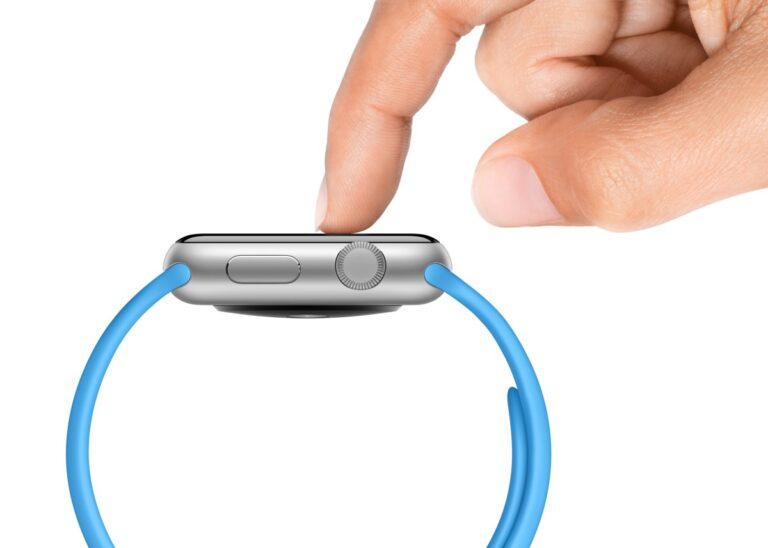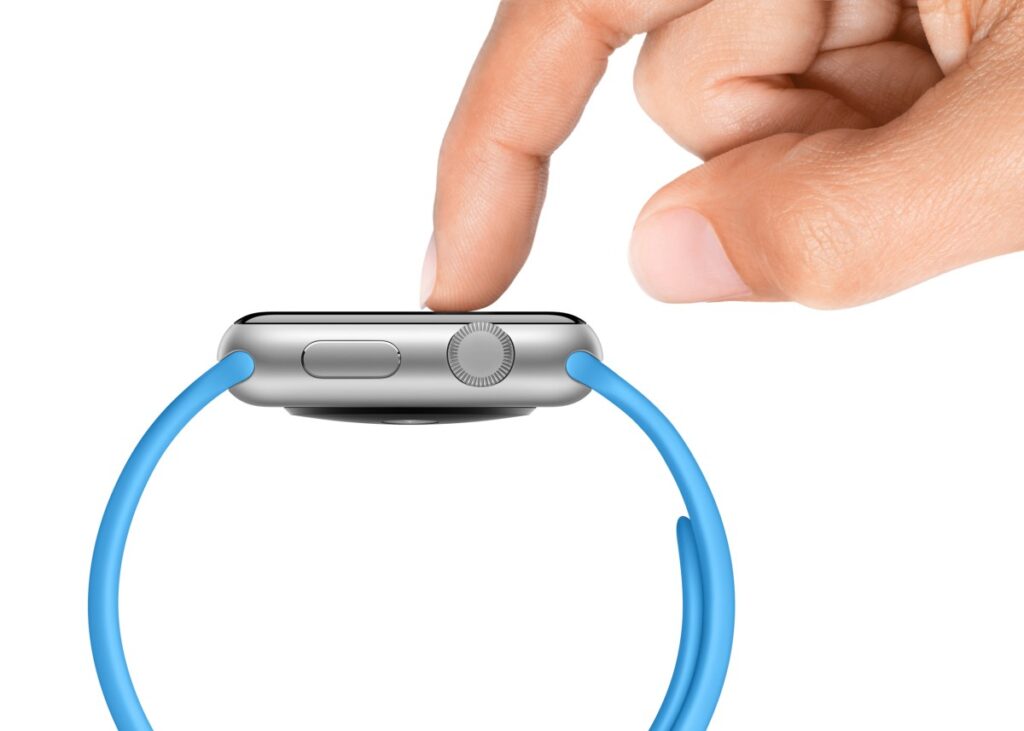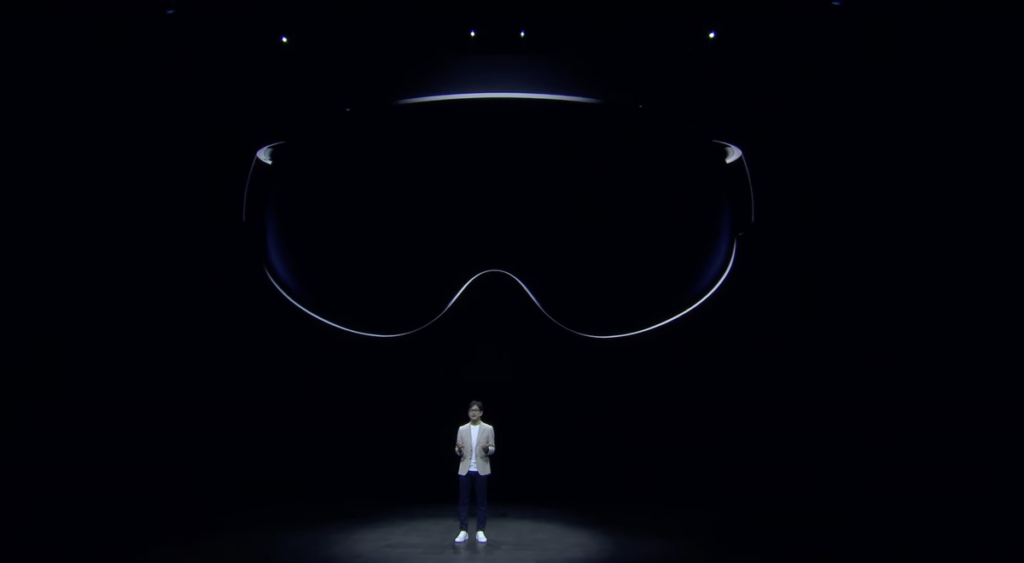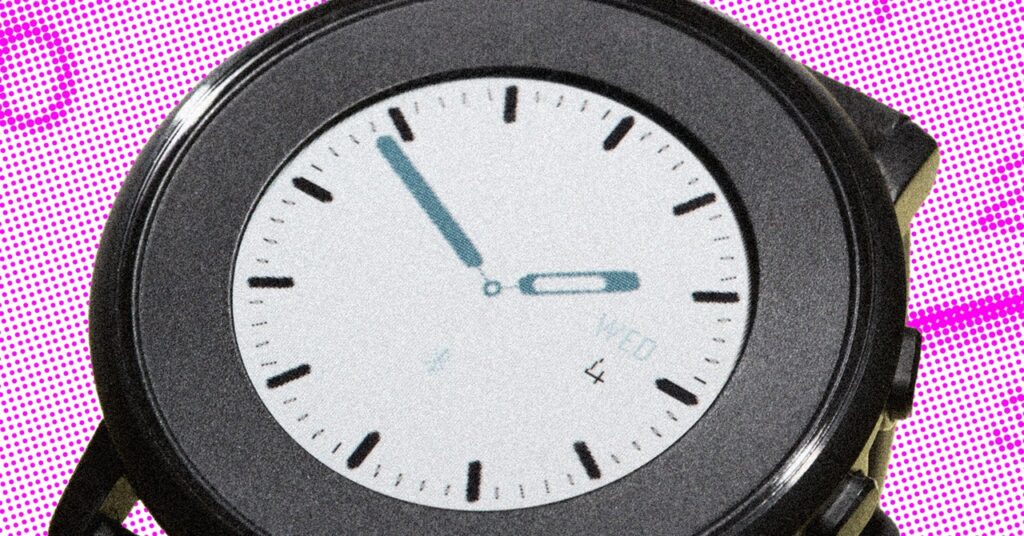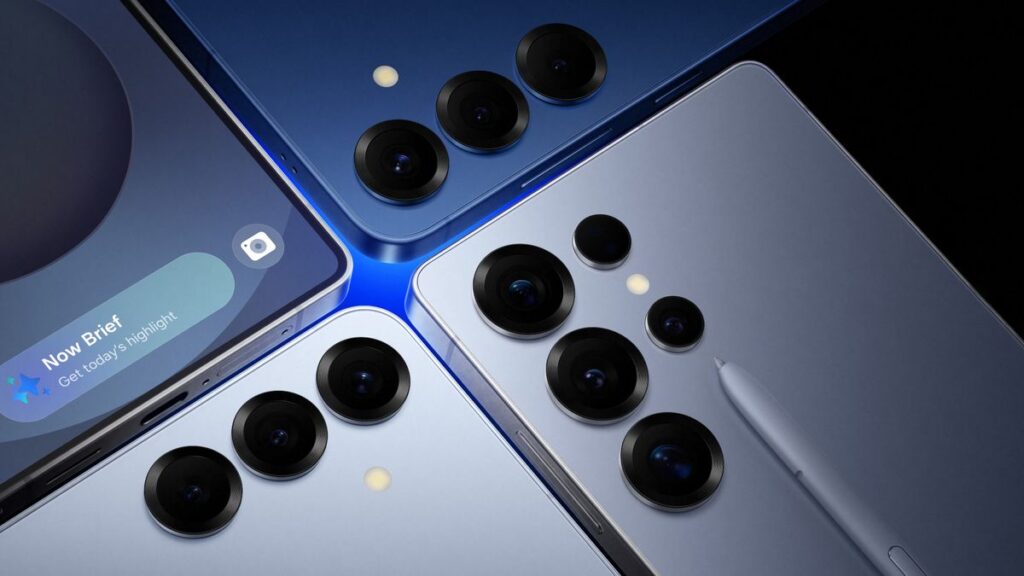What Are Micro Robots?
Micro robots are diminutive machines engineered to perform specific tasks with incredible precision. Typically measuring just a few millimeters in size, these tiny innovators operate in environments where larger devices would be impractical or even impossible to use. With advancements in nanotechnology, robotics, and artificial intelligence, micro robots are emerging as a transformative force in various fields, including medical applications like brain surgery. Their compactness and agility enable them to navigate complex biological systems, making them exceptionally suited for intricate procedures that demand the utmost accuracy.
The development of micro robots involves sophisticated engineering and design principles that allow them to move, sense, and interact with their surroundings. They can be equipped with various technologies, such as sensors, cameras, and even miniature surgical instruments. These features enable them to perform tasks ranging from simple repairs at the cellular level to complex surgical procedures in the human body.
The Role of Micro Robots in Brain Surgery
Brain surgery is one of the most delicate and demanding medical procedures, requiring a high level of precision and care. Traditional methods often involve large incisions and significant recovery times, posing risks to patient safety and overall outcomes. This is where micro robots step in, offering a revolutionary approach to neurosurgery.
Micro robots can be designed to enter the brain through minimally invasive pathways, significantly reducing the trauma associated with traditional surgeries. By utilizing advanced imaging techniques, these robots can navigate to specific areas of the brain with pinpoint accuracy. Their ability to perform tasks under real-time imaging guidance means that neurosurgeons can achieve better outcomes with less risk to the patient.
Advantages of Using Micro Robots in Neurosurgery
The incorporation of micro robots into neurosurgery presents numerous advantages. First and foremost is the reduction in invasiveness. Traditional brain surgery often requires large incisions that can lead to extended recovery times and complications. Micro robots can operate through tiny openings, minimizing tissue damage and allowing for quicker recovery.
Another significant advantage is the enhanced precision they offer. With their ability to operate on a microscopic scale, micro robots can target specific cells or tissues with remarkable accuracy. This capability leads to improved surgical outcomes, as the risk of damaging surrounding healthy tissue is substantially lower.
Moreover, micro robots can be programmed to perform repetitive tasks with consistent precision. This aspect is particularly beneficial in procedures requiring delicate maneuvers, such as suturing or manipulating small blood vessels. The potential for reduced human error adds another layer of safety and efficacy to brain surgeries.
Current Research and Development in Micro Robots
Research in the field of micro robotics is evolving rapidly, particularly in the context of medical applications. Various institutions and companies are investing resources in developing micro robots tailored for neurosurgery. These robots are often inspired by nature, mimicking the movement of insects or microorganisms to navigate complex biological environments.
One notable area of development is the creation of soft micro robots. These robots are designed to be flexible and adaptable, allowing them to navigate through the soft tissues of the brain without causing damage. The use of soft materials can help enhance the safety and effectiveness of surgical procedures.
Additionally, the integration of artificial intelligence (AI) into micro robots is being explored. AI can enhance the robot’s ability to analyze real-time data, allowing for more informed decision-making during surgeries. This combination of robotics and AI holds the promise of providing neurosurgeons with powerful tools to improve patient outcomes.
Challenges in Implementing Micro Robots in Surgery
While the potential for micro robots in brain surgery is immense, several challenges must be addressed before they can be widely adopted in clinical settings. One of the primary obstacles is the need for precise control and navigation. Ensuring that these tiny machines can operate effectively within the complex environment of the human brain is a significant engineering challenge.
Another issue is the biocompatibility of micro robots. For a device to be used safely in the body, it must be made from materials that do not cause adverse reactions. Researchers are working diligently to find suitable materials that can withstand the body’s conditions while remaining non-toxic and safe for long-term use.
Moreover, regulatory hurdles are inevitable. As with any new medical technology, micro robots will need to undergo rigorous testing and validation before they can be approved for use in surgical procedures. This process can be lengthy and costly, but it is essential for ensuring patient safety.
Real-World Applications and Case Studies
Several promising case studies highlight the real-world applications of micro robots in brain surgery. Researchers have demonstrated the ability of these tiny machines to perform tasks such as targeted drug delivery directly to brain tumors. By navigating through the bloodstream or brain tissue, micro robots can release therapeutic agents precisely where they are needed, potentially improving treatment outcomes while minimizing side effects.
In another instance, micro robots have been utilized in experimental surgeries to remove blood clots from small vessels in the brain. By employing advanced imaging techniques, surgeons can guide these robots to the exact location of the clot, allowing for swift and efficient removal without the need for extensive surgical intervention.
Furthermore, ongoing research is exploring the use of micro robots for brain mapping. These robots could assist in identifying critical areas of the brain responsible for specific functions, which is invaluable during surgical planning for procedures involving brain tumors or epilepsy.
The Future of Micro Robots in Medicine
The future of micro robots in medicine, particularly in neurosurgery, is filled with potential. As technology continues to advance, we can expect to see even more innovative applications for these tiny machines. The integration of enhanced imaging techniques and AI will likely lead to greater precision and efficiency in surgical procedures.
Moreover, the potential for personalized medicine is on the horizon. Micro robots could be programmed to deliver customized therapies based on the specific characteristics of a patient’s condition. This shift towards tailored treatments could revolutionize how we approach diseases affecting the brain and nervous system.
As research progresses and more clinical trials are conducted, the medical community will gain a better understanding of the capabilities and limitations of micro robots. With continued investment and collaboration between engineers, medical professionals, and researchers, the dream of utilizing micro robots for transformative brain surgeries is becoming increasingly feasible.
Conclusion: The Impact of Micro Robots on Patient Care
The introduction of micro robots into the field of brain surgery is set to redefine patient care. By enhancing surgical precision, reducing invasiveness, and minimizing recovery times, these tiny innovators could lead to better outcomes for patients undergoing complex procedures. As we continue to unlock the potential of micro robotics, the future of neurosurgery looks more promising than ever. The journey from concept to clinical application may be complex, but the benefits for patients and healthcare providers alike are undeniable.

